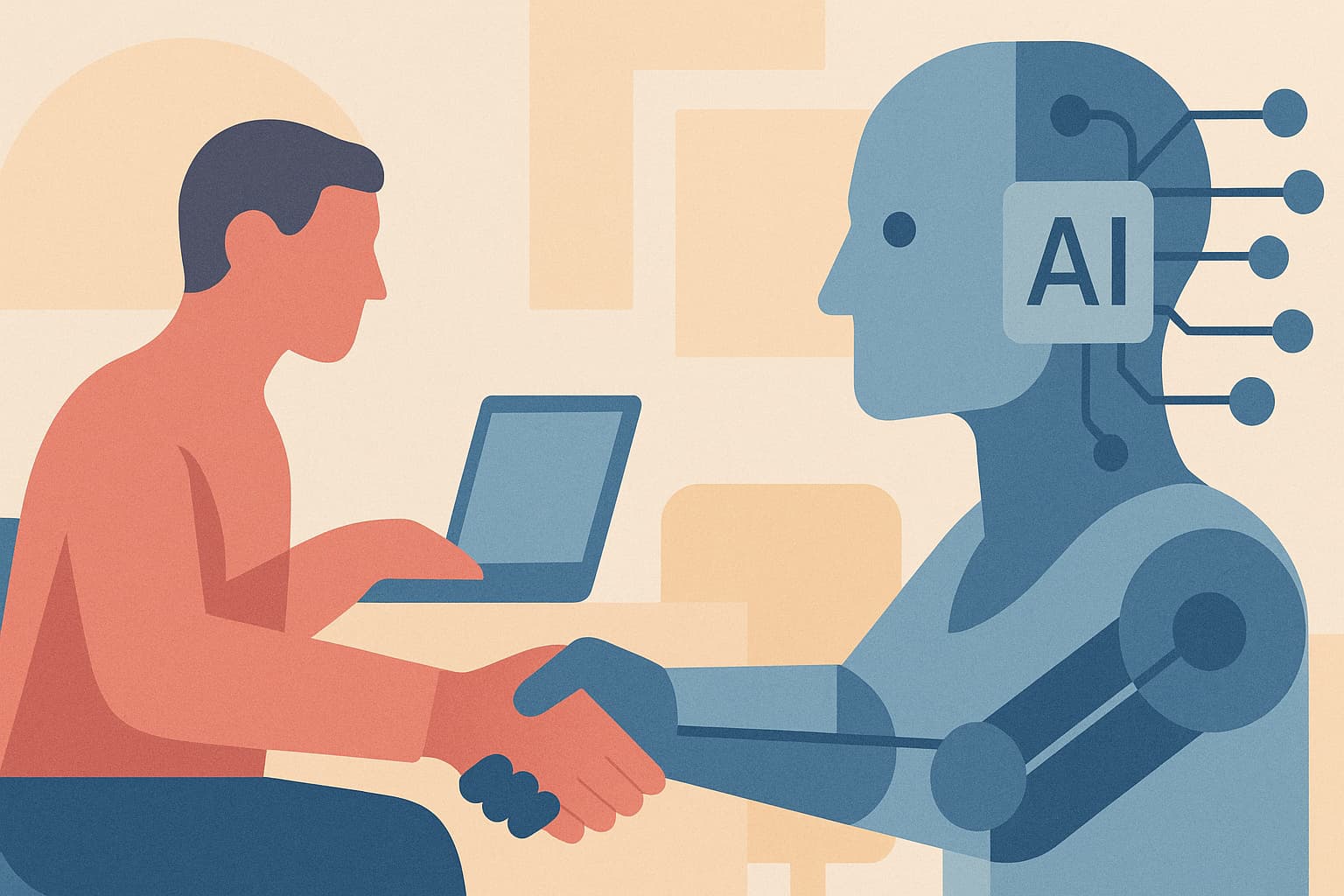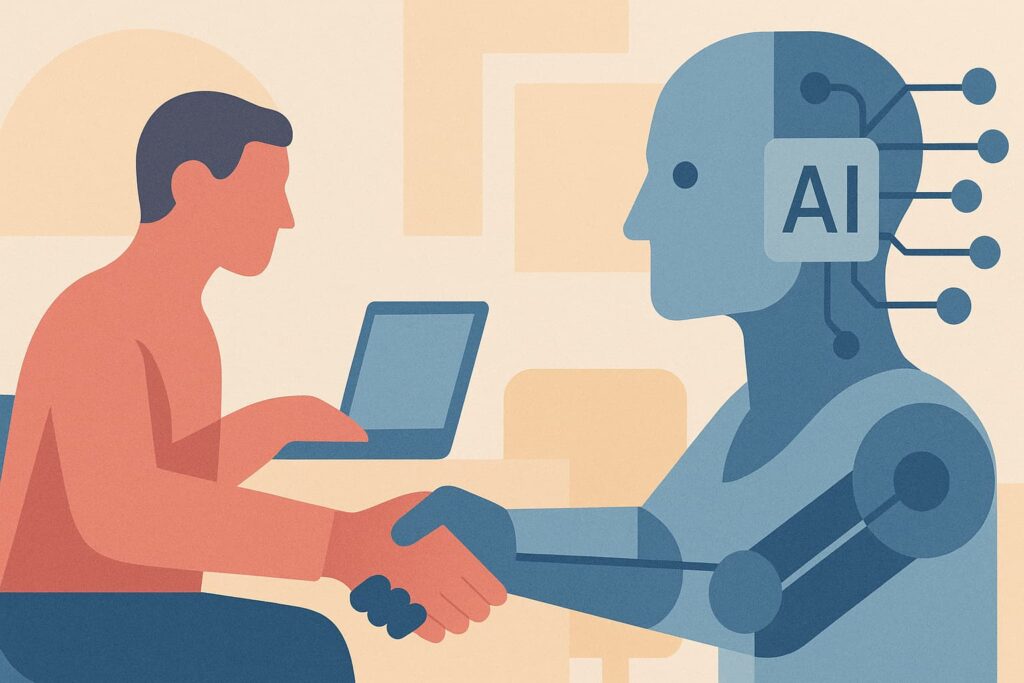By Lucas De Vivo
- Health 4.0 was the theme of the event held as part of the 8th edition of the 100 Startups to Watch award.
- Bruna Rosso, partner at EloGroup, joined the conversation alongside key figures in healthcare innovation in Brazil.
- Topics discussed included new market opportunities, the integration of technology into the sector’s daily routines, and the challenges to innovation in the current healthcare landscape.
The healthcare market in Brazil is undergoing constant and intense transformation, especially considering the wave of innovation brought by startups. This journey is often hindered by obstacles that demand immediate results and less willingness to take risks from major players in the sector, who operate with tight margins. Despite these challenges, the Brazilian healthcare ecosystem presents a blue ocean of opportunities in entrepreneurship and the application of new technologies.
This was the main topic of the online conversation promoted by Pequenas Empresas & Grandes Negócios, as part of the eighth edition of the 100 Startups to Watch award, also held by Época Negócios and Valor Econômico, in partnership with EloGroup and Innovc. The award recognizes the most promising companies across Brazil’s main economic sectors.
According to the Health Satellite Account released in 2021 by the IBGE, the demand for healthcare services grew by 10.3% in the post-pandemic period. This indicates the beginning of major shifts in the sector, including lasting changes to the patient care journey—such as telemedicine, which recorded over 30 million appointments in 2023, according to the National Federation of Supplemental Health (Fenasaúde).
It’s a complex and dynamic landscape in which Brazil currently has the intellectual capital and infrastructure to position itself even on a global level.
Startups are fueling innovation and encouraging an entrepreneurial mindset in academia, translating research and systems into real market-impacting solutions.
These initiatives are supported by innovation hubs and acceleration programs such as Harena, from the Barretos Cancer Hospital, which also hosts events focused on innovation in public health, and Tecnopuc, an ecosystem at PUC-RS with research centers and professional and business entities focused on developing innovative ventures.
The current context and barriers to innovation in Brazil's healthcare sector
According to Bruna Rosso, partner at EloGroup, the lack of dedicated investment in healthcare hinders innovation. “There is a demand for immediate and proven results from the major players. Since 2021, especially after the pandemic ‘boom’ with IPOs and inflated valuations, the healthcare market has been operating on very narrow margins,” she points out.
This, she says, lowers the sector’s appetite for risk—an essential element for innovation and investment. “Between 2021 and 2023, investments in the sector dropped by 40%, which directly impacts the development of new technologies,” she explains.
Mona Oliveira, founder of Biolinker, believes the biggest issue is the lack of a strong innovation culture in Brazilian companies. “This leads to a focus on quick improvements and fast results, placing companies in a ‘red ocean’ of saturated competition.” She adds that there is little resilience from private capital for long-term investments: “We need long-term investment to develop new drugs, with much greater resilience. We must generate successful cases so that innovation becomes a cultural process.”
Bruna also highlights the low technological and data maturity in healthcare companies. “Organizations often deal with a large number of legacy systems that don’t support new technologies,” she says. “It’s not uncommon to see clinical data being manually transferred at hospital bedsides.” Additionally, data fragmentation and lack of integration remain serious challenges—especially amid the growing trend of sector verticalization through mergers and acquisitions.
For Guilherme Sanchez, Innovation Manager at Harena, it’s essential to consider the economic viability of new systems. “Solutions in healthcare must be sustainable and self-financing,” he concludes.
Enabling technologies and their transformative potential
“Healthcare will never be 100% digital. Human care is indispensable,” says Bruna. Technology, she explains, should bring efficiency and tangible benefits—such as improvements in diagnostics and recordkeeping.
She highlights AI as the main tech trend: “We must treat AI as an embedded solution to address problems and put the patient at the center.” Tech trends, according to her, emerge to solve pain points such as conflicts of interest among players in supplemental health and external pressures, like an aging population, demanding more efficiency.
Bruna identifies four key categories of trends:
- Solutions for care efficiency: technologies that free up healthcare professionals by reducing administrative workload—which currently takes up about 50% of a physician’s time. Examples include voice transcription for anamneses, automatic transcription of test reports, and automated drug distribution at hospital bedsides.
- Solutions for preventive care: to improve efficiency by reducing the need for treatment after illness. These include apps to help with anxiety and depression management or to encourage physical activity. Bruna also points to AI-powered wearables: “Wearables now allow early detection and preventive guidance—even glucose levels can be tracked.”
- Solutions for more precise and efficient diagnostics: from technologies that detect cancer trends with a single blood test to AI-powered imaging tools that reduce MRI time and, consequently, system costs.
- Personalized and integrated medicine: “The highest costs in healthcare are linked to fragmented care—when patients enter the system through the wrong door. An ER visit, for instance, costs around four times more than an outpatient one,” Bruna explains. Technologies that integrate patient data through sensors and engage them in their care journey are emerging trends. Personalized care, supported by data, also aligns treatment more precisely with patient needs.
Collaboration in the innovation ecosystem
Flavia Fiorin, Executive Manager at Tecnopuc, emphasizes the role of universities and tech parks: “The scientific and technological park of the university connects areas like logistics, management, and data structuring,” she says. “Innovation only happens when we connect different knowledge fields.”
Tecnopuc hosts over 330 organizations, bringing together companies, startups, and research groups within academia. “We connect all interfaces in the segment. The collaboration among them is what enables us to achieve disruptive solutions,” she says.
“Innovation is not about having a department. It requires diverse, complementary perspectives—clinical, data, IT, legal, and more,” adds Sanchez.
Flavia also highlights the sector’s struggles with collaboration: “Innovation stems from collaboration. Often, companies expect a startup to mold itself to solve a single institution’s problem—this kills the business before it even starts. We need to mature this mindset and overcome the hyper-competitive scenario.”
The ‘blue icean’ in healthcare: where are the opportunities?
“The concept of ‘outcome’ is essential in healthcare,” says Bruna Rosso. “We’ve long said that our system is one of sickness, not health—rewarding volume of care, tests, and appointments, without guaranteeing improved health outcomes.” The most common payment model in Brazil is fee-for-service, which doesn’t incentivize results. However, there are growing opportunities in Value-Based Healthcare (VBHC), which prioritizes quality and outcomes.
Sanchez notes that this is still far from becoming reality in Brazil: “Despite being over 20 years old, value-based care is still rarely practiced here.” Still, this very gap presents an opportunity. “For startup projects and research, this logic makes a lot of sense. When developing new ventures, it’s important to consider not only the tech but also how it fits into the system—including reimbursement models.”
Bruna also sees an opportunity in better engaging patients in their care journey. In Brazil today, she explains, patients effectively create their own healthcare system: choosing doctors, tests, medications, and when to go to the ER—without coordination. “It’s essential to engage patients so their care is guided and integrated. Few businesses in Brazil have achieved this level of patient engagement.”
For Flavia, a key opportunity lies in strengthening Brazil’s R&D base, with great potential for new deep techs and biotechs. “We have outstanding scientific and technological output in Brazil, with several real success stories originating from academic research,” she says.
The landscape is promising, she adds, with Brazil’s scientific quality recognized worldwide. “To foster more cases, we must revise public policy ecosystems to ensure access to capital—alongside private investment. We have the context, the intellectual capital, and the infrastructure to make that leap. Without a doubt, this is our current blue ocean.”
Watch the entire conversation:
LUCAS DE VIVO is Writer at EloInsights











